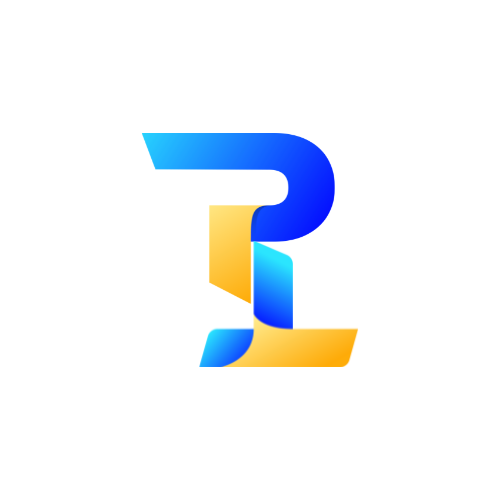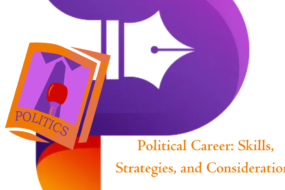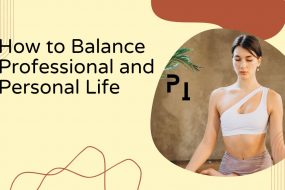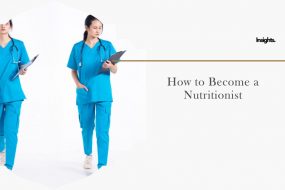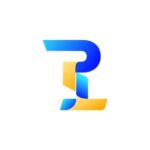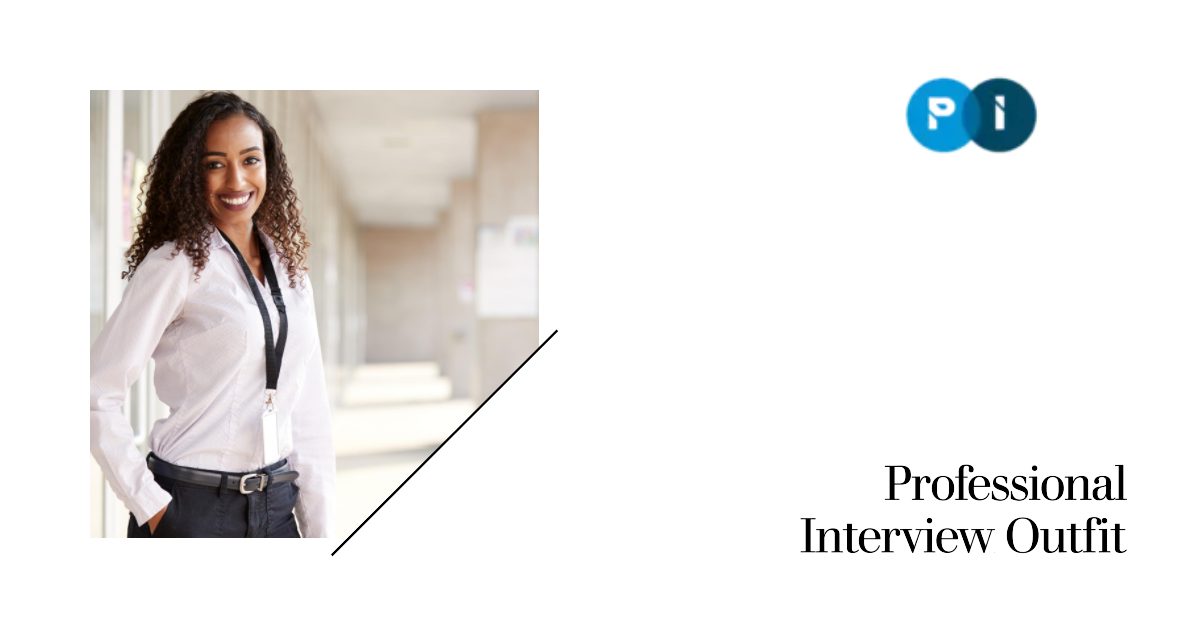
An interview is a crucial opportunity to showcase your skills, qualifications, and personality to a potential employer. It is also a chance to make a good first impression and demonstrate your professionalism and preparedness. One of the ways to do that is by choosing the right outfit for the interview.
But how do you decide what to wear to an interview? What are the factors that you should consider when selecting your interview attire? How can you dress appropriately for the job, the company, and the location of the interview? Here, I will answer these questions and provide some tips and examples on How to choose your interview outfit for both men and women.
Contents
Why does your interview outfit matter?
Your interview outfit matters because it can affect how you feel and how you are perceived by the interviewer. Here are some reasons why your interview outfit matters:
- It can boost your confidence and comfort. Wearing something that fits well, suits your style, and makes you feel good can help you relax and focus on the interview. It can also enhance your body language and communication skills.
- It can show your interest and enthusiasm. Dressing appropriately for the interview can show that you have done your research on the company and the role, and that you care about making a positive impression. It can also reflect your personality and creativity.
- It can convey your professionalism and suitability. Dressing according to the company’s dress code and culture can show that you respect their norms and expectations, and that you can fit in with their team. It can also highlight your skills and qualifications for the job.
How to choose your interview outfit
Choosing your interview outfit can be challenging, especially if you are not sure what the employer expects or prefers. However, there are some steps that you can follow to make this process easier and more effective. Here are some tips on how to choose your interview outfit:
- Research the company’s dress code. One of the first things that you should do is find out what the company’s dress code is, and what kind of attire is appropriate for the job and the industry. You can do this by:
- Calling or emailing your interview point of contact and asking them about the company’s dress code12. Here are some examples of questions that you could ask: “How do people who work here usually dress?” or “How would you dress for an interview with this company?”
- Perusing the company’s website and social media profiles for images that offer clues about the typical attire2.
- Visiting the company’s location (if convenient) and observing firsthand how employees dress2.
- Dress one step up from what those in the workplace environment wear12. A general rule of thumb is to dress slightly more formally than what you would expect to wear on a regular workday at the company. For example, if the company’s dress code is casual, you may want to wear business casual attire for the interview. This can help you show respect and professionalism without being overdressed or underdressed.
- Choose clothing that matches the climate and season1. Another factor that you should consider when choosing your interview outfit is the weather and the time of year. You want to wear something that is comfortable and appropriate for the temperature and conditions. For example, you may not want to wear sandals if it’s snowing outside or wear a wool coat in the summer heat.
- Check for pet hair or any noticeable defects1. Before wearing your interview outfit, make sure that it is clean, free of wrinkles or tears, and properly fitting. You may not want to wear clothing items with these details since they can prevent the interviewer from focusing on your professionalism and credentials.
- Lay out or hang up your outfit to save time1. The night before your interview, consider laying out or hanging up the outfit that you plan to wear. This can help you save time and allow you to review all the clothing items together to make sure they match and suit the role for which you are applying.
- Be yourself1. You can use an interview as an opportunity to display your personality and show a hiring manager more about yourself than what’s listed on your application documents. For example, if you like bold colors, then you may choose to wear a bright-colored top with neutral pants.
Examples of what to wear to an interview
The following are some examples of what to wear to an interview for different types of jobs, industries, and companies. These are not definitive rules, but rather suggestions that you can adapt to your own preferences and circumstances.
[Also Read: How to Write a Resume]
Business formal
Business formal is the most conservative and professional type of interview attire. It is usually required for jobs in finance, law, accounting, or other corporate sectors. For men, business formal means a matching suit and tie. For women, it means a tailored dress, pantsuit, or skirt suit. Here are some tips and examples of business formal attire:
- Choose dark or neutral colors, such as black, navy, gray, or beige.
- Wear a crisp white or light-colored shirt or blouse.
- Choose a conservative tie or scarf that matches your suit.
- Wear closed-toe shoes, such as oxfords, loafers, pumps, or flats.
- Avoid flashy jewelry or accessories. Opt for a simple watch, belt, earrings, or necklace.
- Keep your hair neat and tidy. You may want to tie it back or style it in a bun or ponytail.
![Business formal for women]
Business casual
Business casual is a more relaxed and comfortable type of interview attire. It is usually suitable for jobs in technology, education, marketing, or other creative sectors. For men, business casual means a sweater and a button-down shirt, a blazer and khakis, or a polo shirt and chinos. For women, it means a blouse and dress pants, a statement dress, or a cardigan and a skirt. Here are some tips and examples of business casual attire:
- Choose solid or muted colors, such as blue, green, brown, or burgundy.
- Wear a patterned or textured shirt or blouse that adds some interest to your outfit.
- Choose a jacket or sweater that complements your pants or skirt.
- Wear shoes that are comfortable and stylish, such as loafers, boots, heels, or sandals.
- Add some personality with jewelry or accessories. You can wear a colorful tie or scarf, a statement necklace or bracelet, or a fun watch or belt.
- Keep your hair neat and tidy. You can leave it loose or style it in a braid or bun.
![Business casual for men] ![Business casual for women]
Casual
Casual is the most informal and laid-back type of interview attire. It is usually acceptable for jobs in startups, nonprofits, retail, or other casual sectors. For men, casual means a T-shirt and jeans, a hoodie and khakis, or a button-down shirt and shorts. For women, it means a T-shirt and jeans, a sweater and leggings, or a sundress and sandals. Here are some tips and examples of casual attire:
- Choose bright or fun colors, such as red, yellow, pink, or purple.
- Wear a graphic or logo T-shirt that shows your interests or hobbies.
- Choose jeans that are clean and well-fitting. Avoid ripped or distressed jeans.
- Wear shoes that are casual and comfortable, such as sneakers, flip-flops, flats, or wedges.
- Express yourself with jewelry or accessories. You can wear earrings, rings, necklaces, bracelets, hats, sunglasses, or backpacks.
- Keep your hair natural and casual. You can wear it curly, straight, wavy, or in any style that you like.
![Casual for men] ![Casual for women]
What not to wear to an interview
While there is no definitive list of what not to wear to an interview, there are some general guidelines that you should avoid when choosing your interview outfit. Here are some examples of what not to wear to an interview:
- Anything that is too revealing, tight-fitting, loose-fitting, wrinkled, stained, or torn
- Anything that is inappropriate for the job, the company, or the location of the interview
- Anything that is distracting, offensive, or unprofessional
- Anything that makes you feel uncomfortable, insecure, or unhappy
Some specific examples of what not to wear to an interview are:
- Shorts, tank tops, crop tops, or flip-flops
- Sweatpants, hoodies, T-shirts with slogans, or sneakers
- Jeans with holes, skirts with slits, or dresses with plunging necklines
- Hats, sunglasses, headphones, or chewing gum
- Perfume, cologne, or excessive makeup
- Jewelry that makes noise, such as bangles, chains, or earrings
FAQs
Here are some frequently asked questions about what to wear to an interview:
Q: What should I wear to an online interview?
A: An online interview is similar to an in-person interview in terms of choosing your outfit. You should still dress according to the company’s dress code and culture, and follow the same tips and examples as above. However, there are some additional factors that you should consider when dressing for an online interview:
- Make sure that your outfit contrasts with your background. You want to avoid wearing colors or patterns that blend in with your background or make you hard to see. For example, if your background is white, you may not want to wear a white shirt or blouse. Instead, choose a color that stands out and makes you more visible.
- Make sure that your outfit looks good on camera. You want to avoid wearing clothing items that are too bright, too dark, or too shiny, as they may not look flattering on camera. For example, you may not want to wear a neon yellow sweater, a black suit, or a sequined dress. Instead, choose clothing items that are soft, muted, or matte, as they may look better on camera.
- Make sure that your outfit is appropriate for the whole body. You may be tempted to only dress up your upper body and wear something casual or comfortable for your lower body. However, this is not advisable, as you may need to stand up or move around during the interview. For example, you may not want to wear a nice shirt and tie with pajama pants or shorts. Instead, wear a complete outfit that matches and fits well.
Q: What should I do if I don’t have anything to wear to an interview?
A: If you don’t have anything to wear to an interview, don’t panic. There are some options that you can try to find something suitable for the interview:
- Borrow from someone else. You may have a friend, family member, or colleague who has a similar size and style as you and who can lend you something to wear to the interview. Make sure that you ask them politely and return the clothing items in good condition.
- Rent from a service. You may find a service online or in your area that allows you to rent clothing items for a short period of time. This can be a convenient and affordable way to get something to wear to the interview without buying it. Make sure that you check the availability, quality, and terms of the service before renting.
- Buy from a thrift store. You may find a thrift store near you that sells secondhand clothing items at low prices. This can be a great way to find something unique and stylish to wear to the interview without breaking the bank. Make sure that you inspect the clothing items for any defects, stains, or odors before buying.
Q: How should I accessorize my interview outfit?
A: Accessorizing your interview outfit can be a fun and creative way to add some personality and flair to your look. However, you should also be careful not to overdo it or choose accessories that are inappropriate or distracting for the interview. Here are some tips on how to accessorize your interview outfit:
- Choose accessories that match your outfit and the company’s culture. You want to avoid wearing accessories that clash with your outfit or the company’s dress code and culture. For example, you may not want to wear a cowboy hat if you are interviewing for a law firm or a pearl necklace if you are interviewing for a startup.
- Choose accessories that are simple and elegant. You want to avoid wearing accessories that are too flashy, noisy, or bulky, as they may draw attention away from your face and your words. For example, you may not want to wear earrings that dangle, bracelets that jingle, or necklaces that cover your chest.
- Choose accessories that enhance your features and confidence. You want to wear accessories that make you feel good and highlight your best features. For example, you may want to wear earrings that frame your face, a watch that shows your punctuality, or a scarf that adds some color.
Conclusion
Choosing what to wear to an interview can be an important part of preparing for the interview and making a good impression on the interviewer. By following the tips and examples in this article, you can select an outfit that suits the job, the company, and the location of the interview, and that reflects your professionalism, personality, and suitability for the role.
